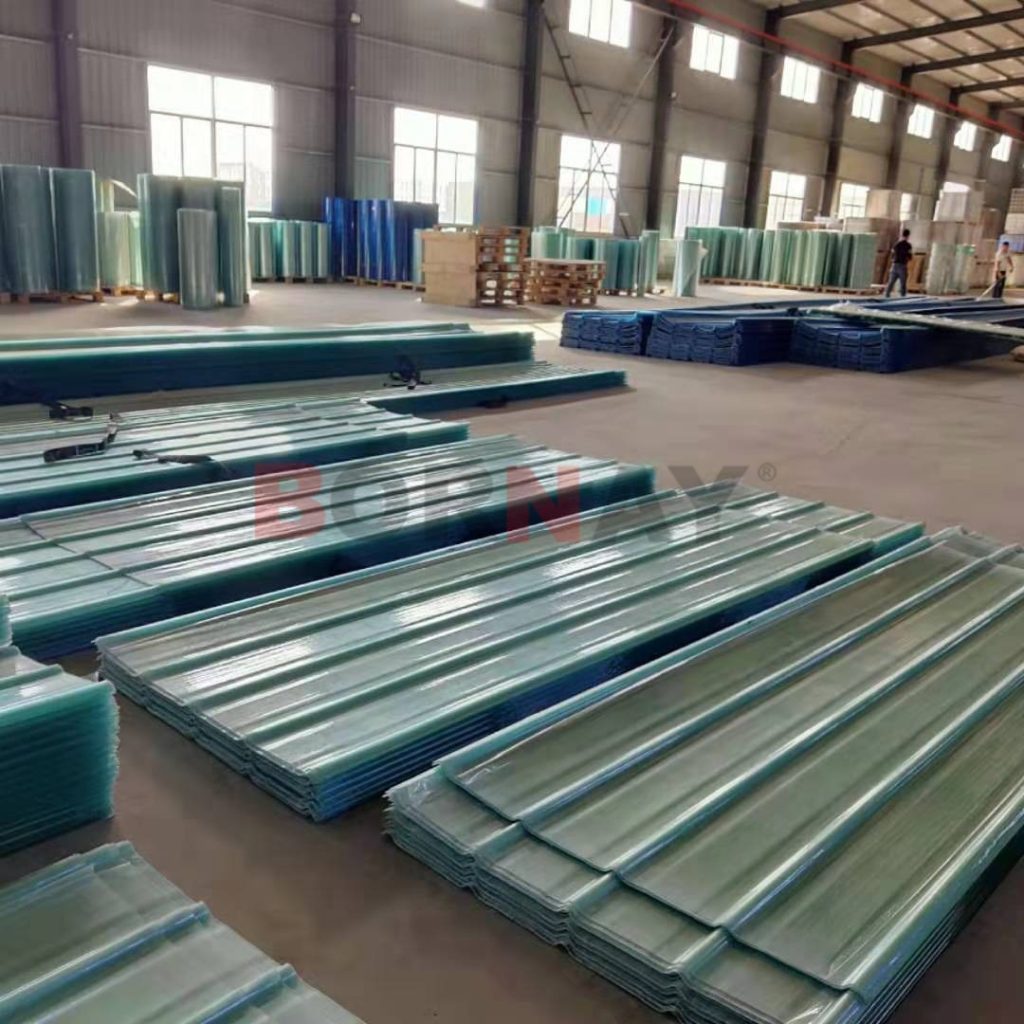Bienvenidos a Langfang-bonai
FRP Roof Panels: Breaking the Limitations of Traditional Building Materials
FRP Roof Panels: Breaking the Limitations of Traditional Building Materials
In the construction industry, the constant search for innovative materials that enhance efficiency and durability of structures is a top priority. One material that has revolutionized the way roofs are built is FRP (Fiber Reinforced Plastic). FRP roof panels have gained popularity due to their ability to break the limitations of traditional building materials.

FRP is a composite material that combines polymers and fiberglass fibers. This combination creates a lightweight yet extremely strong material capable of withstanding heavy loads without compromising its structural integrity. Unlike conventional roofs that use materials such as metal or concrete, FRP roof panels offer a range of significant advantages.
First and foremost, FRP roof panels are highly resistant to corrosion. Unlike metal, which can rust over time and lose its strength, FRP is unaffected by moisture, chemicals, or temperature changes. This makes them an ideal choice for regions with extreme climates or areas with high exposure to corrosive substances.

In addition to corrosion resistance, FRP roof panels are also fire-resistant. This material is inherently flame-retardant and does not contribute to fire spread. This provides an additional layer of safety in commercial and industrial buildings where fire protection is crucial.
Another key advantage of FRP roof panels is their versatility in design and installation. These panels can be manufactured in a wide variety of shapes, sizes, and colors to suit the aesthetic requirements of any construction project. Moreover, they are lightweight and easy to transport, facilitating their installation and reducing labor costs.
Furthermore, FRP roof panels are durable and require minimal maintenance. Unlike conventional roofs that may require frequent repairs or costly replacements, FRP is resistant to degradation and has a prolonged lifespan. This translates into significant long-term savings for building owners.

In conclusion, FRP roof panels represent a significant breakthrough in the construction industry by breaking the limitations of traditional materials. Their corrosion and fire resistance, design versatility and ease of installation, as well as their durability and low maintenance, make them an attractive choice for all types of construction projects. FRP is changing the way roofs are built, providing innovative and efficient solutions for modern and sustainable buildings.


